My daughter’s words still echo in my mind. On the way to camp orientation, out of the blue, she turned to me with the gravity only an eight-year-old can muster and declared, “I don’t care if it’s next week, next month, or even ten years from now. I want you to get another big van.”
For her entire life, she’s been accustomed to my revolving door of test vehicles, a perk of my job in the auto industry. Yet, no car, truck, or SUV has ever elicited such a strong reaction from her as the soft blue 2024 Mercedes-Benz eSprinter high-roof electric cargo van. And honestly? I completely understand. This van is genuinely impressive.
Delving into the Mercedes eSprinter
The Mercedes-Benz brand often conjures images of luxury sedans and high-performance SUVs, particularly in the United States. However, globally, Mercedes-Benz boasts a much broader portfolio, encompassing everything from compact economy cars to robust vans, trucks, and even heavy-duty commercial vehicles. While larger Mercedes vans weren’t available in the U.S. until 2002, initially badged as Freightliners, they quickly gained recognition for their superior design and functionality compared to traditional American vans. Offering enhanced efficiency, comfort, and optimized space within their wheelbase, the Sprinter vans became a popular choice for various commercial needs.
Mercedes-Benz is aggressively pursuing electrification across its vehicle lineup, and the cargo van segment, especially for last-mile delivery and local services, presents an ideal application for electric vehicle technology. The eSprinter is Mercedes’ answer to this demand, bringing electric power to their renowned van platform.
Here’s a quick look at the key specifications of the tested Mercedes Esprinter:
Mercedes eSprinter Specifications (As Tested)
| Feature | Specification |
|---|---|
| As-Tested Price | $75,316 |
| Battery | 113kWh usable lithium-ion |
| Drive | Rear-wheel-drive |
| Horsepower | 201 hp |
| Torque | 295 lb.-ft. |
| WLTP Range | 273 miles |
| DC Fast Charging | 115 kW |
| Curb Weight | 6,746 lbs |
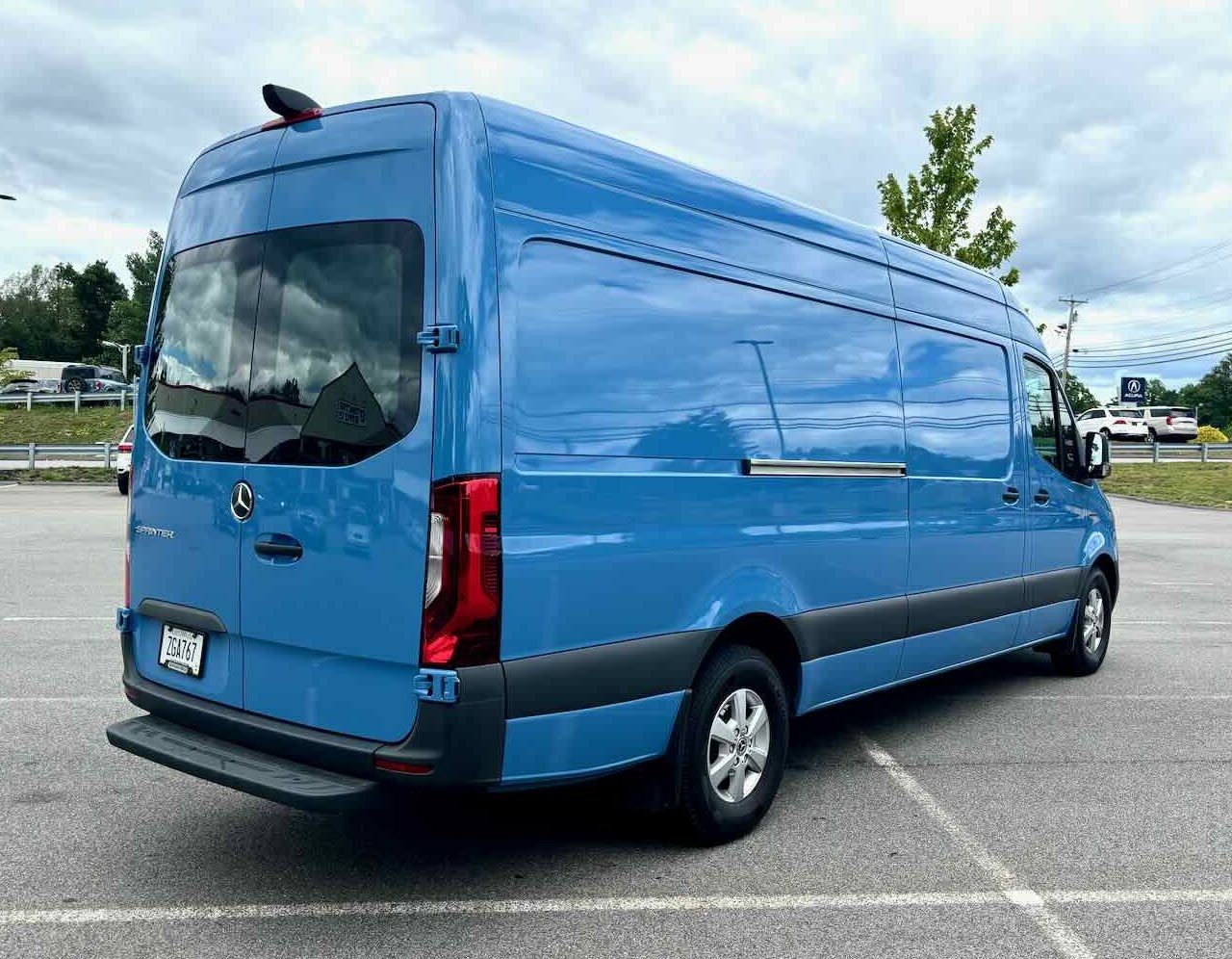
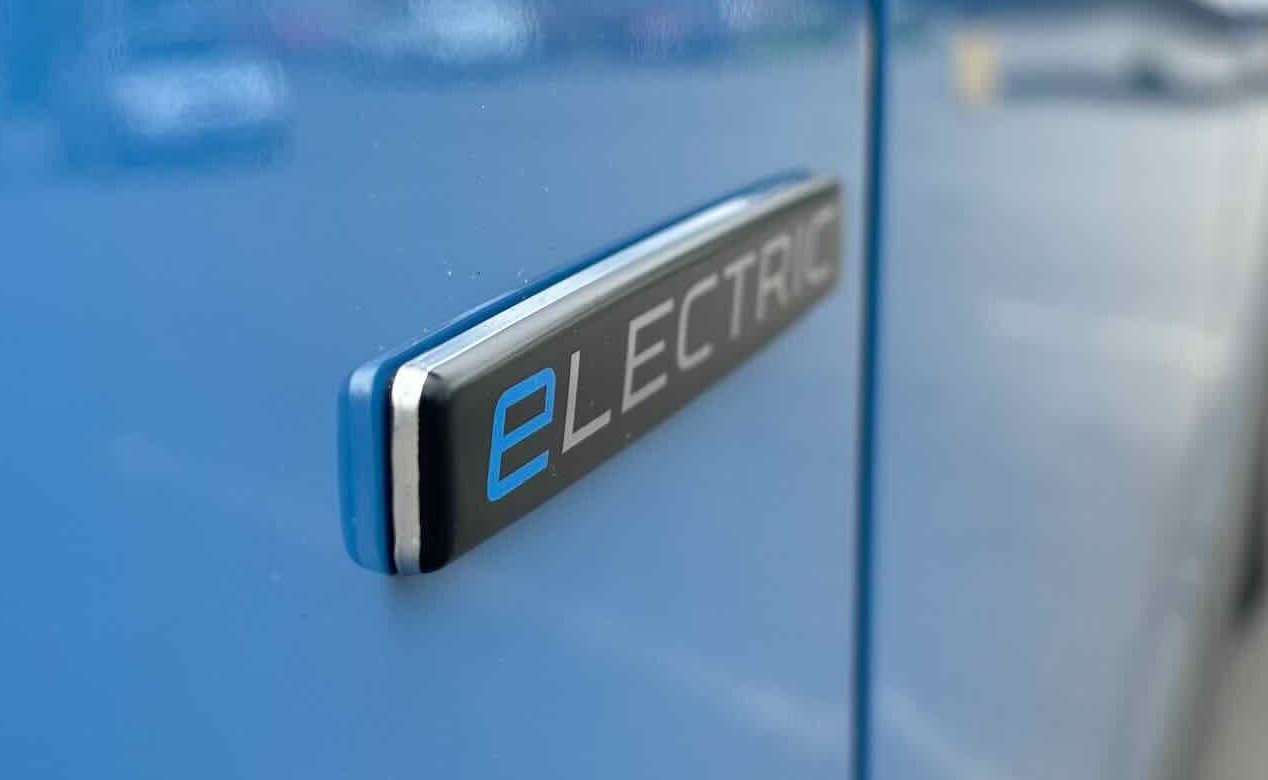
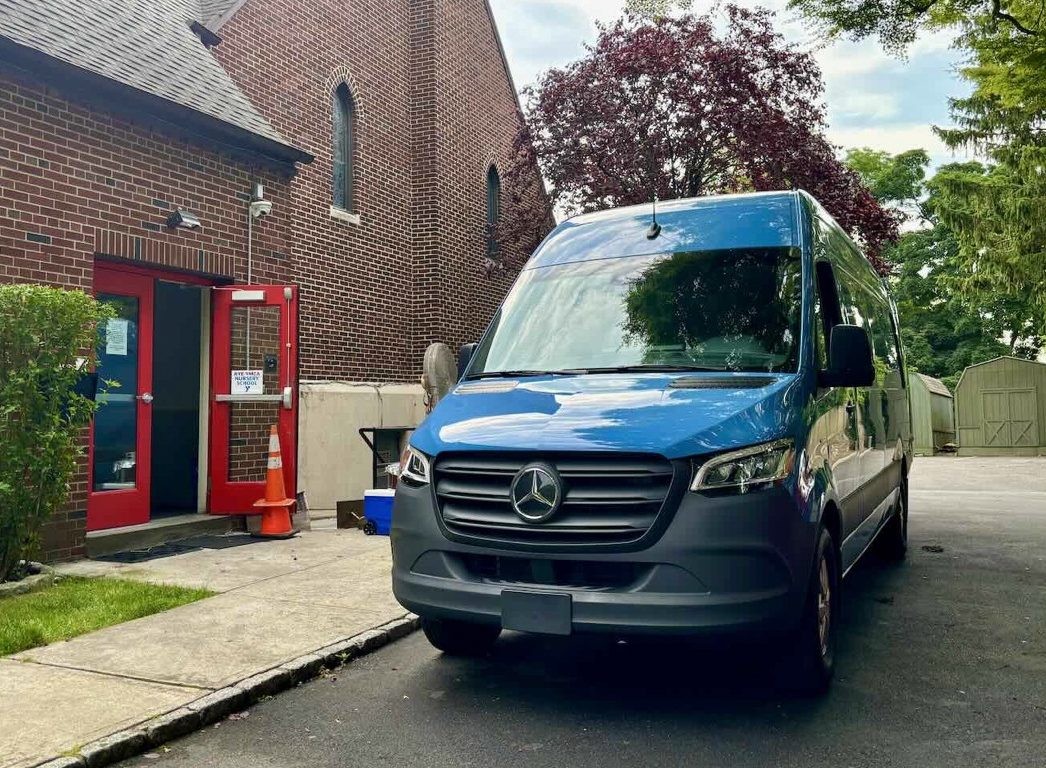


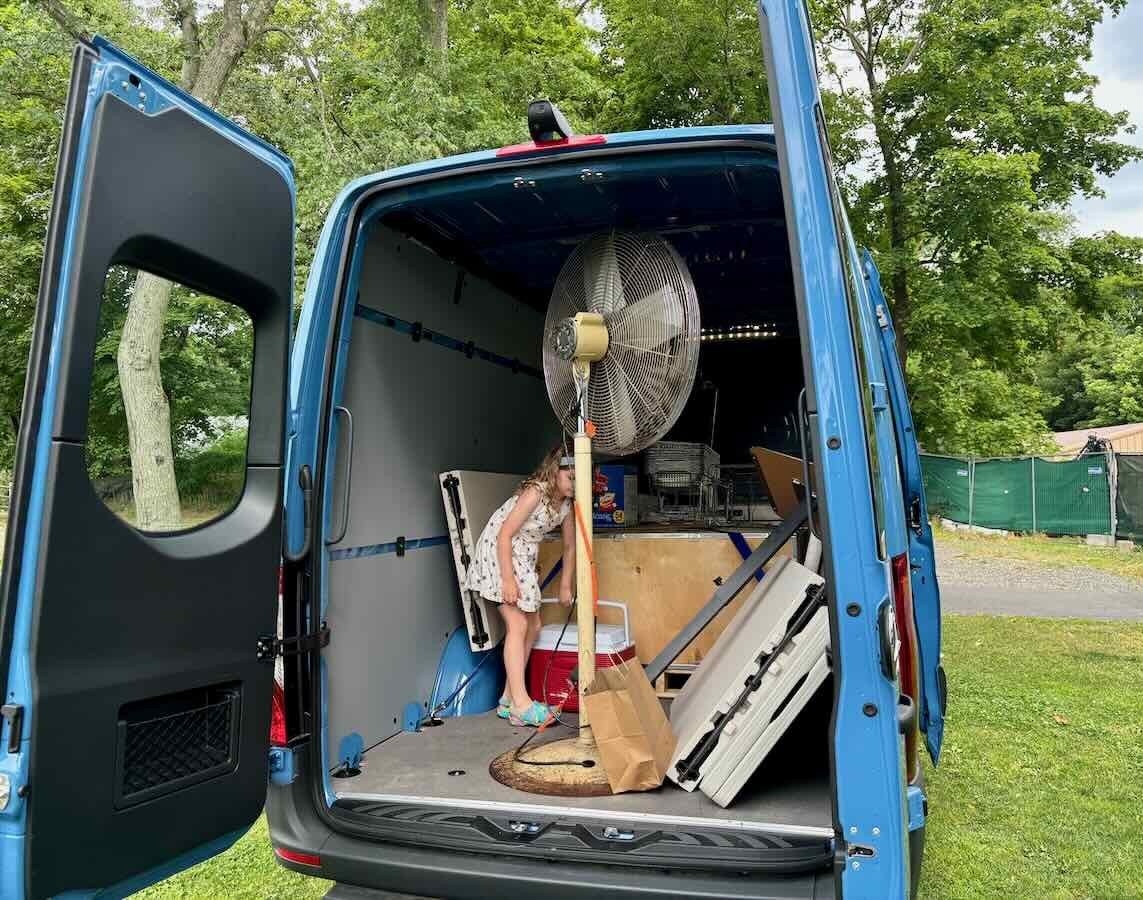
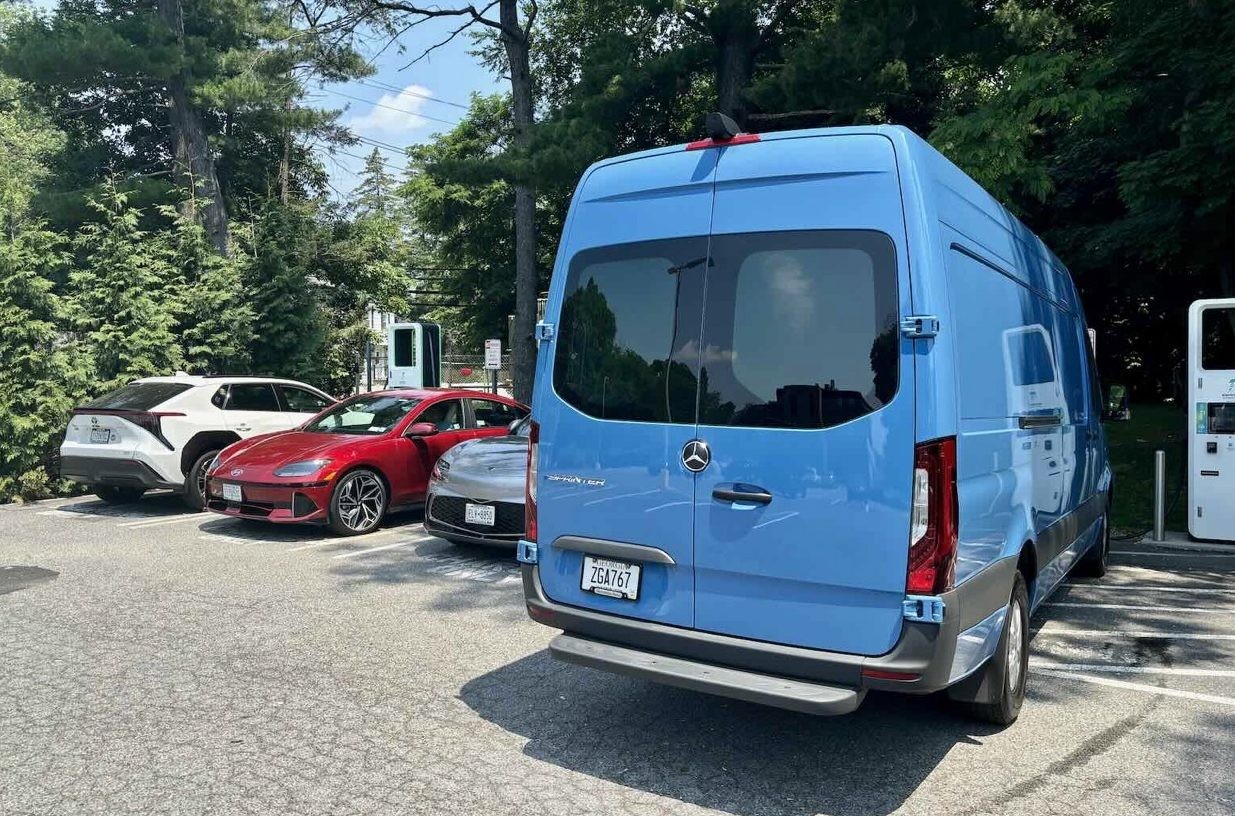
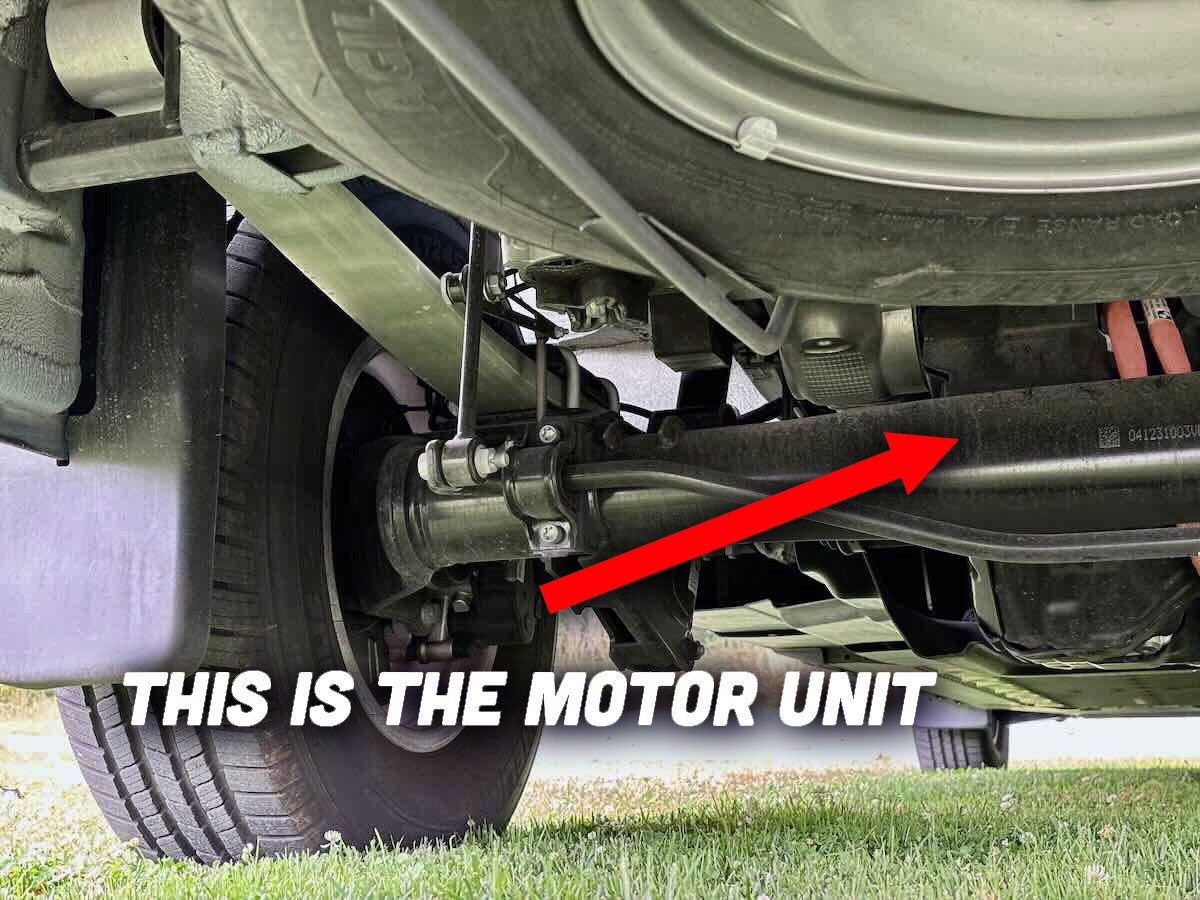
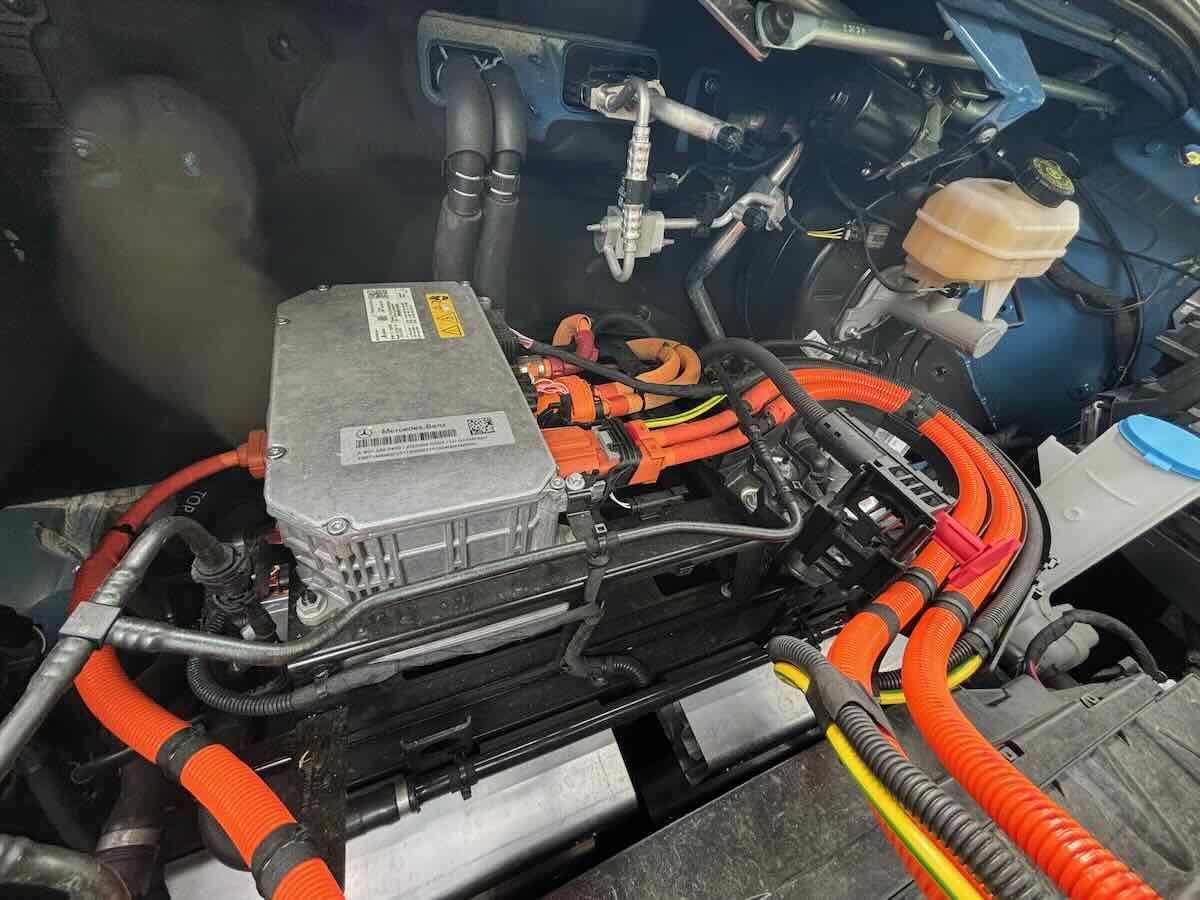
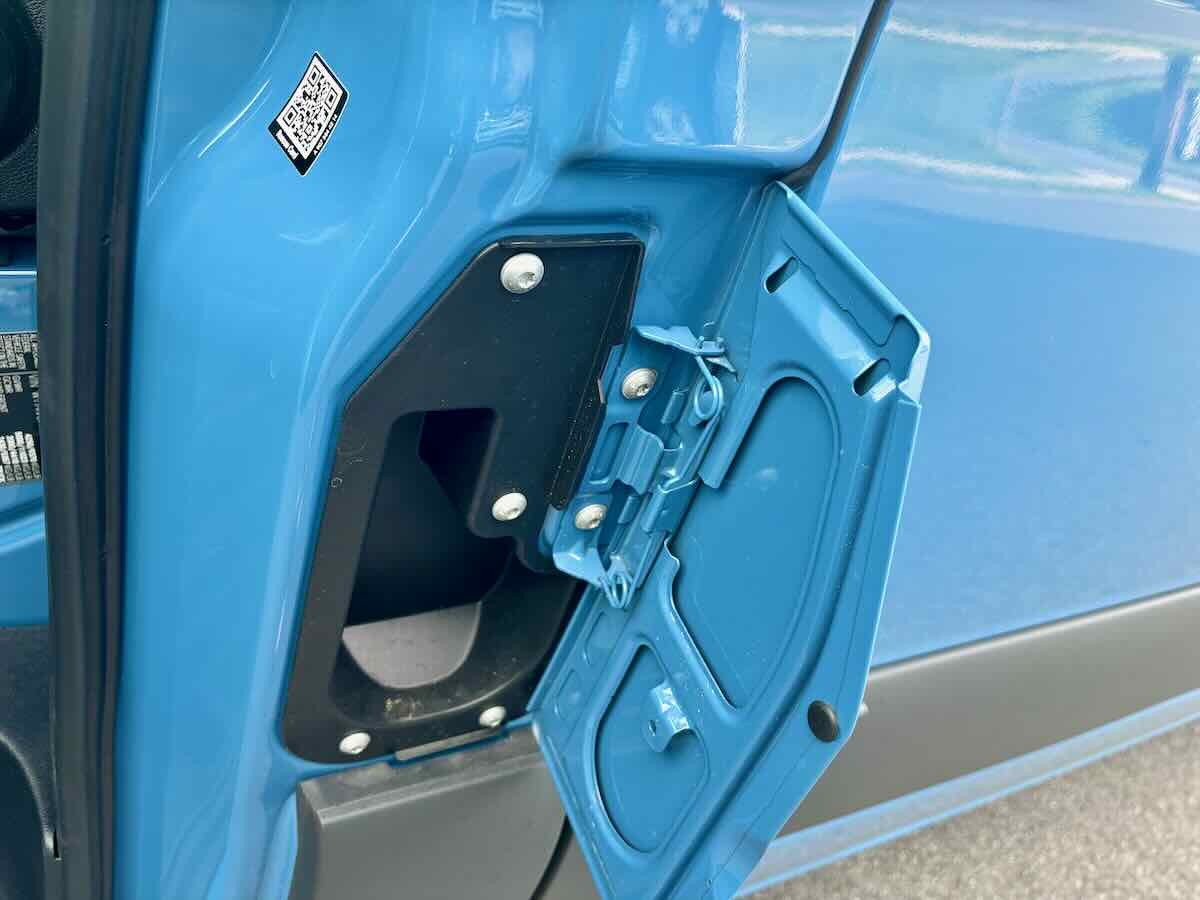
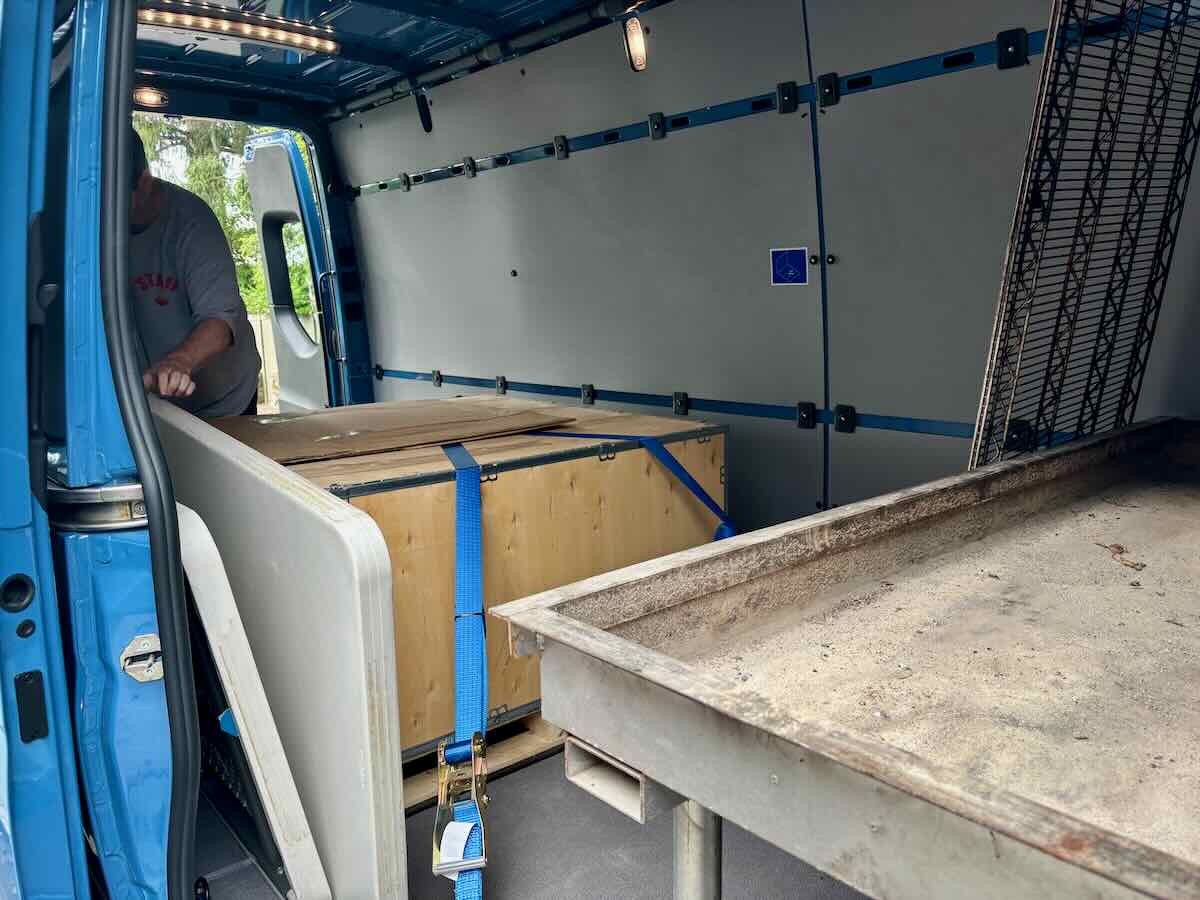
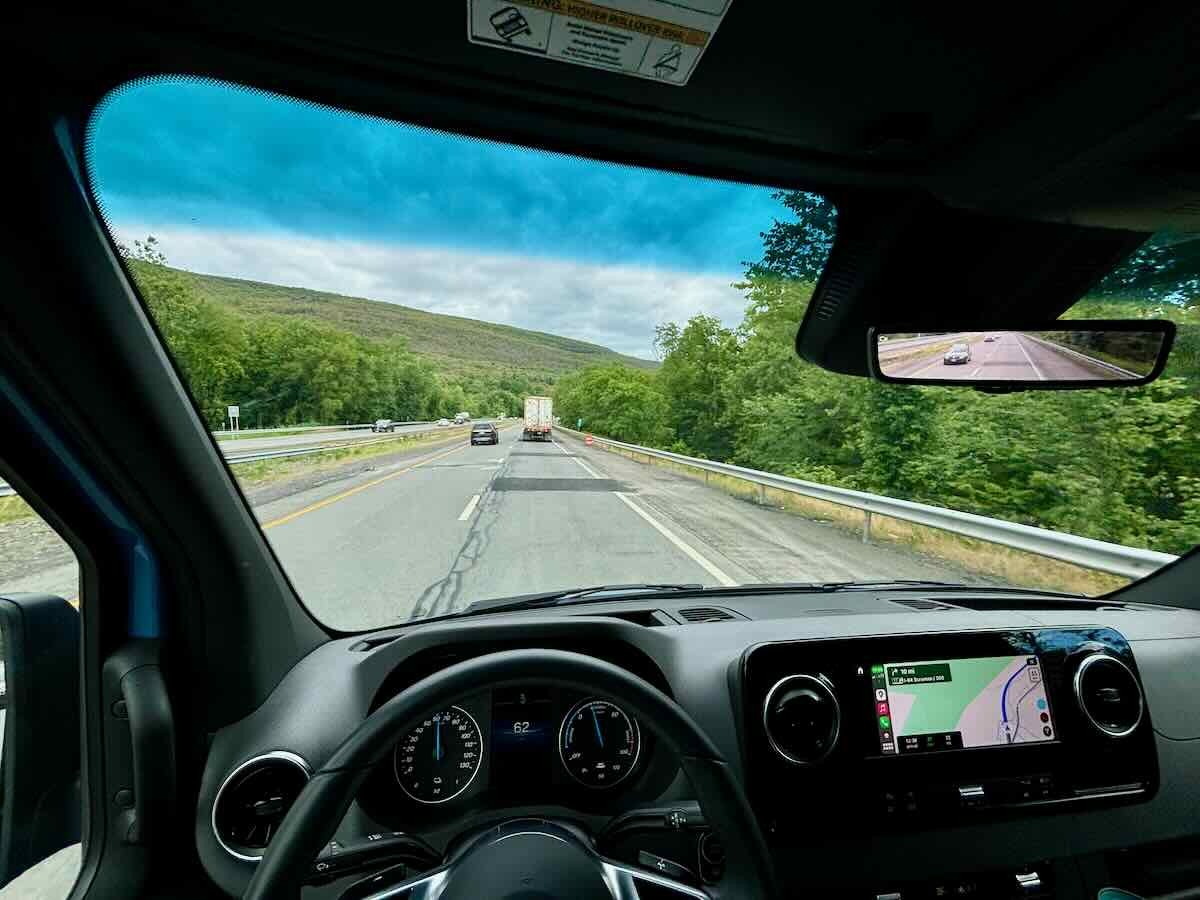
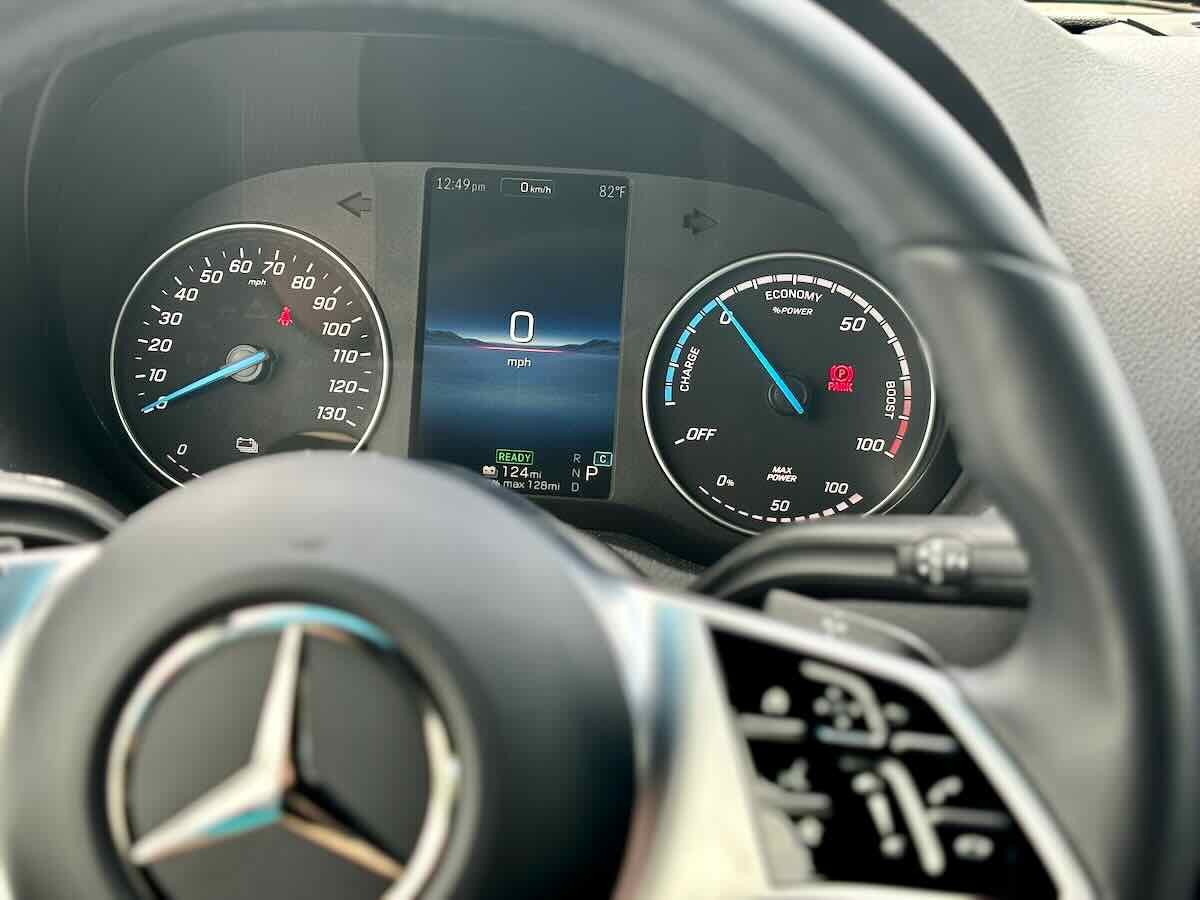
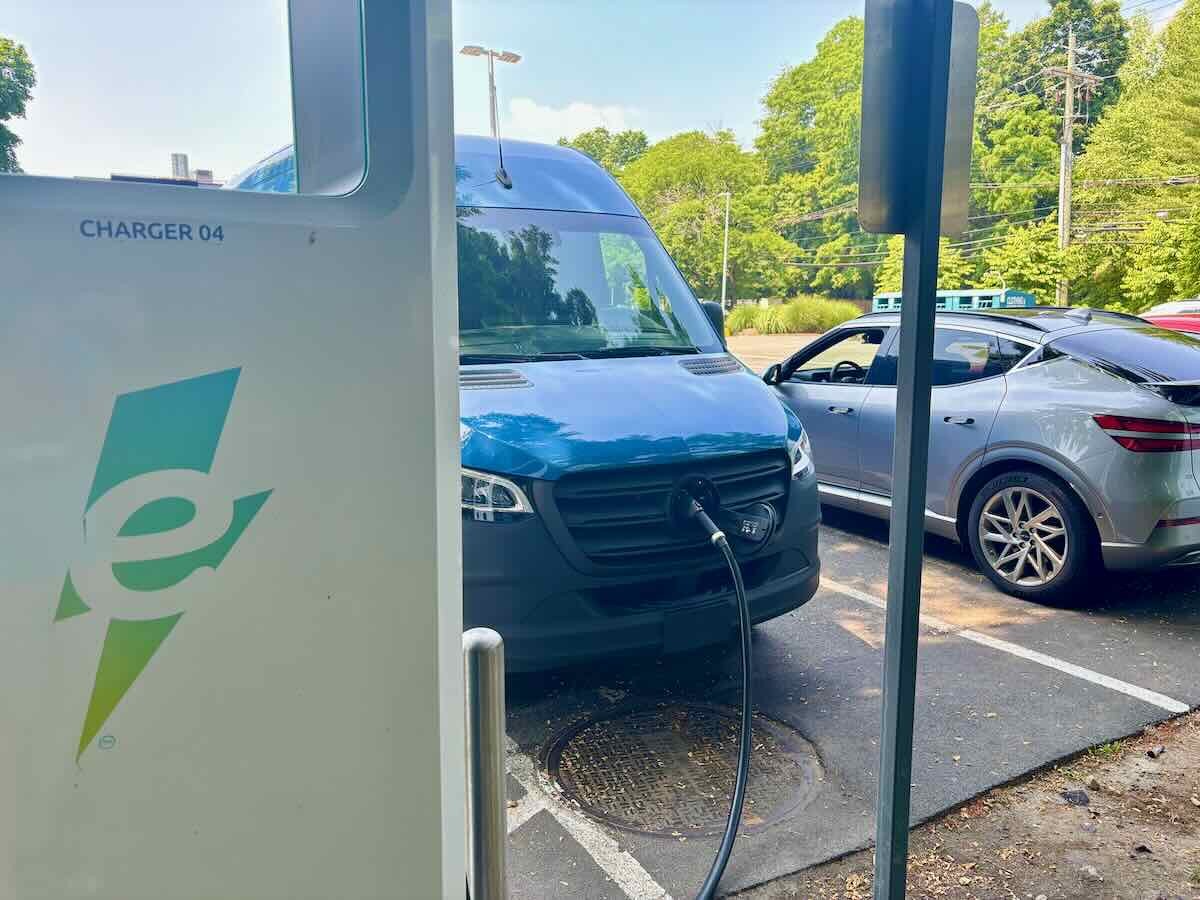
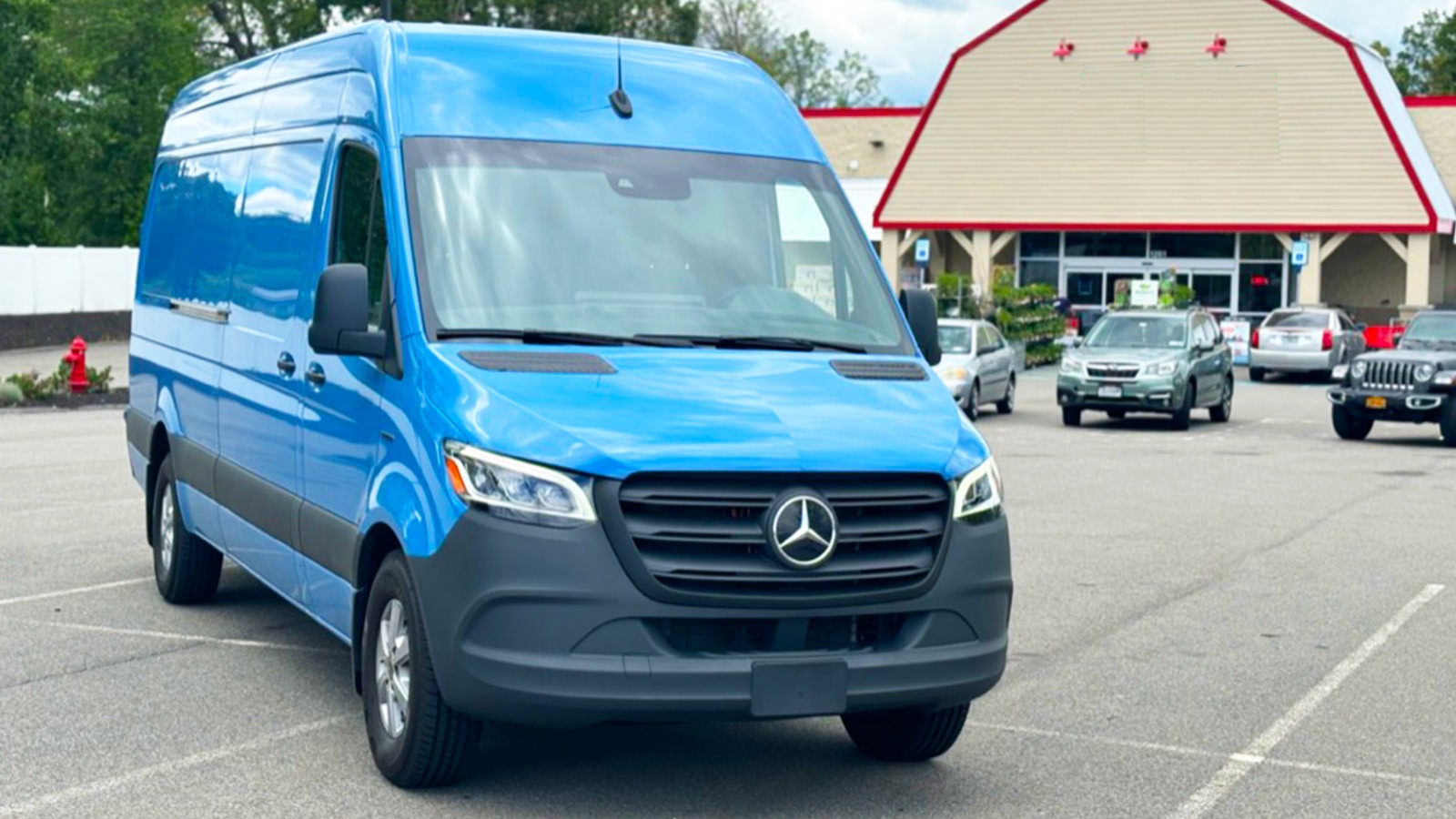
A Weekend with the eSprinter: Real-World Impressions
My opportunity to experience the eSprinter firsthand arose unexpectedly. As an active member of my local church council, I was tasked with logistics for our annual summer outdoor service and BBQ. This event necessitates transporting a substantial flat-top grill, coolers packed with refreshments, and various supplies to a nearby park. Typically, a friend with a pickup truck handles this, but he was unavailable. Knowing the fleet included an eSprinter, I volunteered, anticipating a purely utilitarian experience.
However, the eSprinter proved to be far more enjoyable than just a workhorse. Initially, I hadn’t planned on my daughter joining me, assuming the cargo van’s lack of rear seats would be an issue. Yet, upon seeing the vibrant blue van, her excitement was palpable. After confirming booster seat regulations and the eSprinter’s adaptable seating, she became my co-pilot for a pre-event charge at an Electrify America station.
Her delight was infectious. The simple act of riding upfront in the spacious cabin transformed the mundane task into an adventure. This wasn’t about high-speed thrills; it was about the shared experience and the sheer novelty of the big electric van. Her newfound enthusiasm even extended to waking up early on Sunday to help with the picnic setup – a first, to say the least!
Van Performance and Practicality in the eSprinter
Loading up for the church picnic with our usual truck often felt like a spatial puzzle, requiring strategic Tetris-like packing and a bit of luck. The eSprinter, however, eliminated any such anxieties. With its 170-inch wheelbase configuration and a cavernous 488 cubic feet of cargo volume, space was abundant. It’s essentially a rolling studio apartment inside.
Visually, the eSprinter doesn’t immediately scream “electric.” Its design is subtly modern, and unless you’re actively looking for EV cues, it blends in as a standard Sprinter van. Even at the charging station, it drew curious glances, but not necessarily immediate recognition as an EV.
The cargo capacity is only marginally smaller than a diesel Sprinter (approximately 530 cubic feet), a negligible difference in real-world use. While the battery placement beneath the floor might slightly reduce internal volume, it’s unnoticeable in practice. Regrettably, a front trunk (“frunk”) is absent, as that space is occupied by essential EV components. However, a small storage compartment resides where the fuel door would traditionally be, offering a touch of extra utility.
Driving the eSprinter reveals its electric nature. The characteristic diesel engine rumble is replaced by a smooth, near-silent operation. The electric powertrain delivers instant torque, making acceleration surprisingly brisk, and the power delivery is exceptionally smooth. While top speed is limited to 75 mph, perfectly adequate for a van, the driving experience is superior to any diesel Sprinter I’ve driven.
For its intended purpose – hauling cargo – the eSprinter excels. Loading and unloading are effortless thanks to the low floor, and the sheer volume accommodates large and bulky items without issue. Even with an unusually heavy box in the cargo area (more on that later), the van remained composed and capable.
Handling Wind and Heavy Loads in the eSprinter
[
View this post on Instagram
](https://www.instagram.com/reel/C92PH1ZpUVE/?utm_source=ig_embed&utm_campaign=loading)[A post shared by The Autopian (@theautopian)](https://www.instagram.com/reel/C92PH1ZpUVE/?utm_source=ig_embed&utm_campaign=loading)
Cargo vans, due to their large surface area, can be susceptible to crosswinds, particularly when empty. While the eSprinter benefits from a lower center of gravity due to its floor-mounted battery pack, weight distribution remains a factor in handling stability.
To preemptively address potential concerns about handling in varying load conditions, Mercedes-Benz ingeniously included a 400-pound crate in the cargo area. This crate served as both ballast and a practical divider for securing items during transport.
During my test drive, which coincided with an exceptionally windy day, the eSprinter demonstrated impressive stability. Even crossing a bridge known for strong gusts, the van remained remarkably unfazed. The crosswind assist system subtly applied braking force to individual wheels, maintaining directional stability without driver intervention, a testament to its advanced engineering.
Is the eSprinter the Best Mercedes EV? Surprisingly, Yes.
Having driven other Mercedes-Benz EVs like the EQS, EQS SUV, and EQB, I’ve found them to be somewhat underwhelming in terms of efficiency compared to competitors. However, the eSprinter stands out. While the EPA doesn’t officially rate cargo vans, the WLTP cycle estimates a range of 273 miles, and a remarkable 329 miles in city driving. Real-world range, conservatively estimated, should fall between 220-240 miles.
My test eSprinter indicated a 232-mile range on a full charge in maximum range mode, translating to an efficiency of approximately 2.1 miles per kWh. This rivals the efficiency of the AMG EQE 4matic and surpasses larger EVs like the Silverado EV and Hummer EV, even outperforming the purpose-built Brightdrop Zevo electric van.
In mixed driving conditions, the eSprinter proved efficient, barely depleting its charge over a 45-mile journey. Utilizing the maximum regenerative braking setting (D++) via steering wheel paddles further optimizes range. While not quite true one-pedal driving, the strong regeneration makes navigating traffic in this large vehicle surprisingly effortless. With predominantly city driving, achieving a 300-mile range seems entirely plausible.
Beyond performance, the eSprinter offers practical features. Its infotainment system is user-friendly and compatible with smartphone integration, and the surprisingly ample number of cupholders adds a touch of everyday convenience. Even the audio system, while basic, is deemed adequate for a cargo van, outperforming some new pickup trucks in audio quality, according to reviews.
Does the eSprinter Fulfill Its Purpose? Absolutely.
The Mercedes eSprinter excels as a practical, efficient, and surprisingly enjoyable electric van. It’s spacious, capable, and painted in an appealing blue.
The eSprinter’s Punctum: A Segment Leader
The eSprinter is arguably the most compelling electric vehicle in the current Mercedes-Benz lineup in terms of overall value within its class. While a fully-equipped model approaches $75,000, the long-term operational and maintenance cost savings inherent in EVs, coupled with its superior driving dynamics compared to diesel counterparts, make it a smart investment. This advantage isn’t always evident in EVs that also offer traditional combustion engine versions.
Even for occasional longer trips, the eSprinter’s range is more than sufficient. During my return, an unplanned detour added 60 miles to my journey. Range anxiety never entered my mind. The eSprinter handled the extra distance with ease, and frankly, I was enjoying the drive too much to mind the extended time behind the wheel.
In conclusion, the Mercedes eSprinter is a genuinely impressive electric van that defies expectations. It’s a testament to how electric powertrains can elevate even utilitarian vehicles, offering a blend of practicality, efficiency, and driving pleasure that might just win over even the most discerning eight-year-old critic. Perhaps it’s time to seriously consider adding a “big van” to the family fleet after all.
